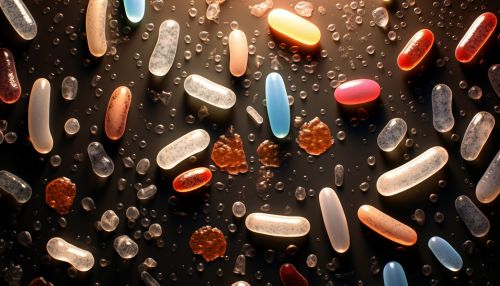The Science of Human Gut-Brain Axis
Introduction
The human gut-brain axis is a complex bidirectional communication system that exists between the central nervous system (CNS) and the gastrointestinal tract. This system not only ensures the proper maintenance of gastrointestinal homeostasis and digestion but is likely to have multiple effects on affect, motivation, and higher cognitive functions, including intuitive decision making.


Anatomy and Physiology of the Gut-Brain Axis
The gut-brain axis involves direct and indirect pathways between cognitive and emotional centers in the brain with peripheral intestinal functions. The direct pathway includes the autonomic nervous system (ANS), which incorporates the sympathetic and parasympathetic branches. The indirect pathway involves the hypothalamic-pituitary-adrenal axis (HPA axis).


Role of the Gut Microbiota in the Gut-Brain Axis
The gut microbiota is a key player in the gut-brain axis. It has emerged as a pivotal factor in the regulation of neuroinflammation, neurogenesis, and neurotransmission, which are all key processes in the pathophysiology of brain disorders. The gut microbiota can influence the brain and behavior through a variety of mechanisms, including microbial metabolites, bacterial components, and vagus nerve activation.


Gut-Brain Axis and Health
The gut-brain axis appears to play a critical role in health and disease, including neuropsychiatric disorders such as autism spectrum disorder, anxiety, depression, and Parkinson's disease. It also plays a role in conditions such as irritable bowel syndrome and inflammatory bowel disease.


Gut-Brain Axis and Diet
Diet is a major factor that can influence the composition and function of the gut microbiota and, consequently, the gut-brain axis. Dietary components, particularly fermentable fibers and polyphenols, can promote the growth of beneficial bacteria in the gut, which can positively affect brain health.


Future Perspectives
The gut-brain axis represents an exciting field with potential implications for a wide range of disorders. Future research is needed to further elucidate the complex interactions within the gut-brain axis and to develop novel therapeutic strategies for brain disorders.


